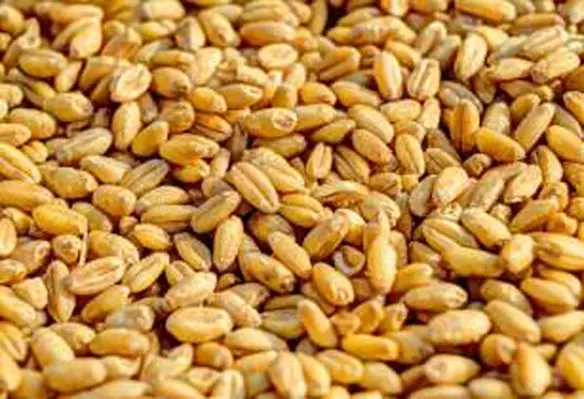The El-Nino might have had a debilitating effect on crops in Southeast Asia, but Australia appears to have benefited from the winter rains on the key wheat-growing regions
According to estimates posted by the Australian Bureau of Agricultural & Resource Economics & Sciences (ABARES), the local production stands at 25.3mt for 2015-16 while it was supposed to be 23.6mt. Last year, the wheat output was 23.7mt.
ABARES manager for agricultural commodities Peter Collins said, “New South Wales had very good seasonal conditions over winter and other states. South and Western Australia experienced late winter rain that came in at the right time. In spring, that’s a critical period for yields.”
New South Wales is the second largest wheat grower in Australia, which could welcome a harvest of 7.2mt compared to 6.2mt in June 2015. In Western Australia, there’s a likelihood of a 9.5mt harvest, higher than the 2014 harvest of 9.3mt. The Australian metereology department said that select areas in the state witnessed the wettest July on record.





